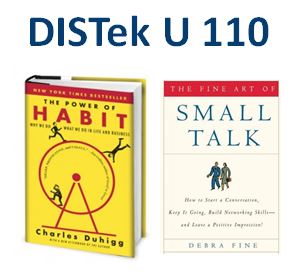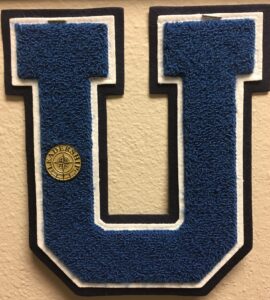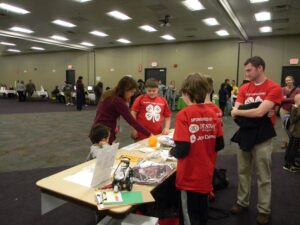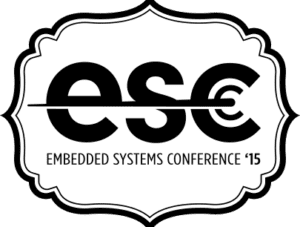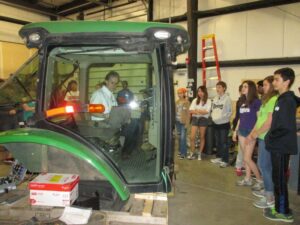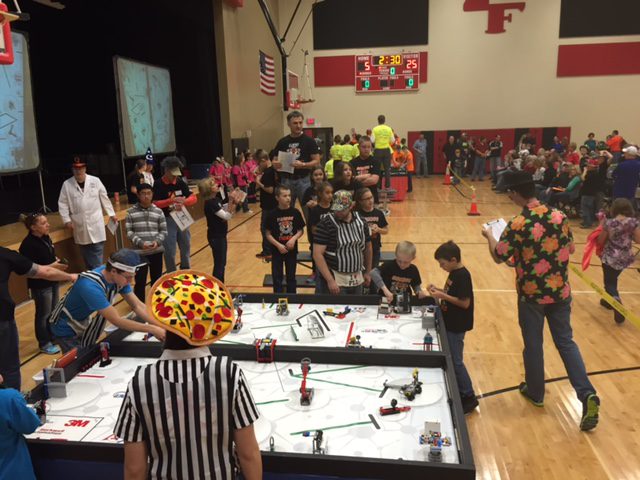DISTek U 110: Breaking the Mold for Technical Trainings
How to develop a habit and make it stick. How to start a conversation and keep it going. How to identify a lead and pass along the pertinent information. Not content which is traditionally associated with technical trainings. Rather, skills that can help anyone wanting to advance his or her career and the content taught in DISTek U 110: Engineering 1 Fundamentals Track.
Recognizing that the internet is full of trainings teaching engineers the technical skills that they need to do their daily work, in 2018 we took a different approach in creating our internal training program, DISTek U. Our trainings leverage off-the shelf resources to help employees develop foundations upon which they can build their careers. We focus upon the soft skills that allow employees to grow and develop their careers beyond their daily workflow.

